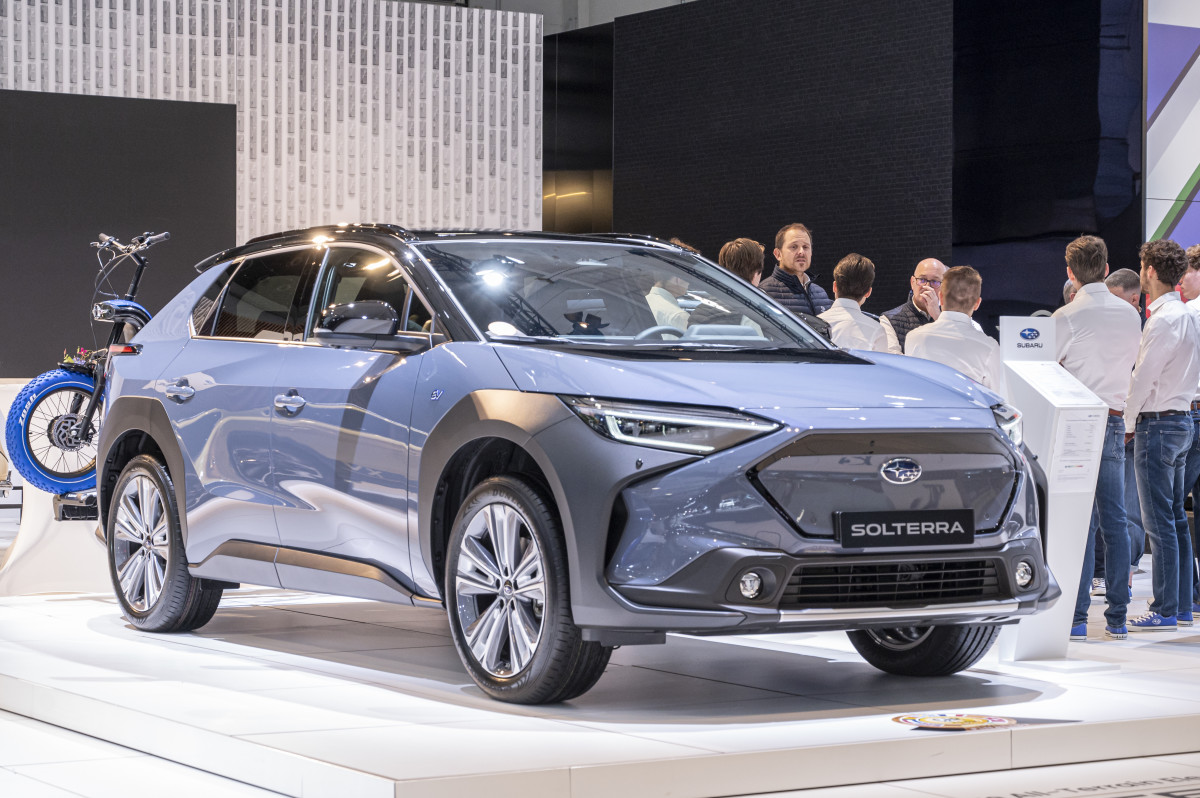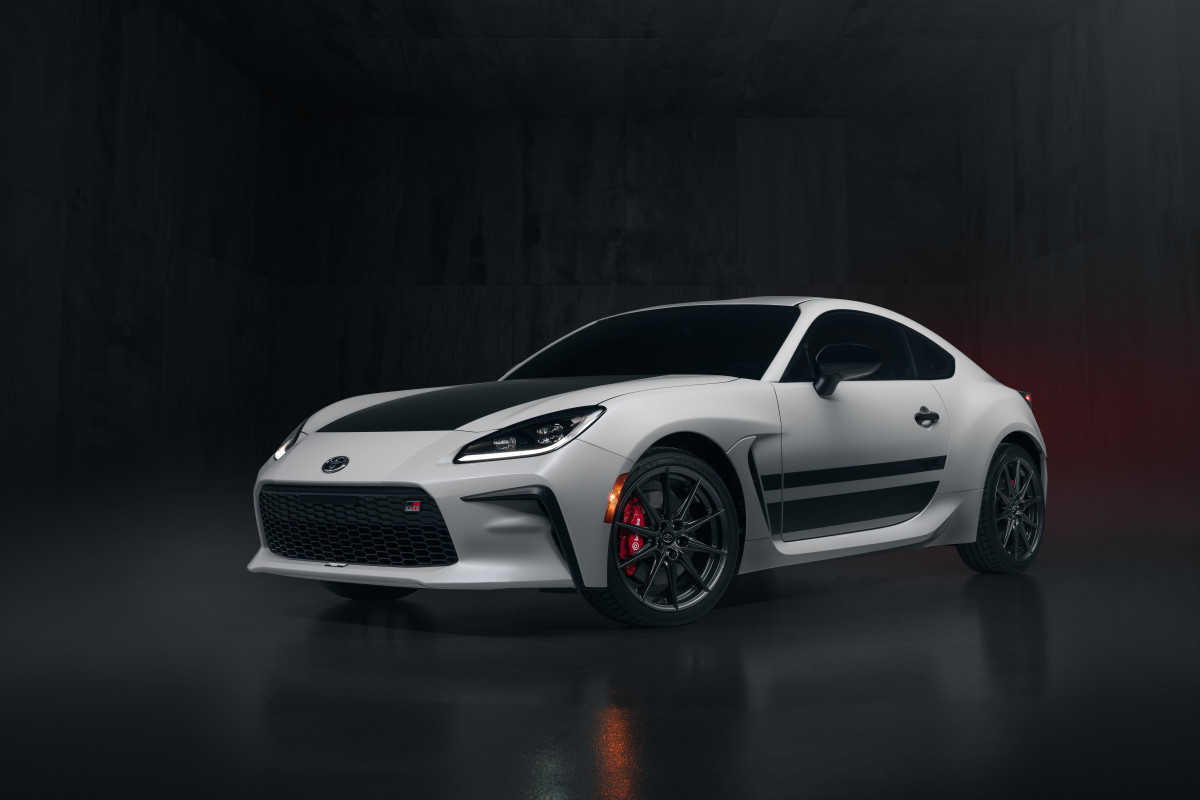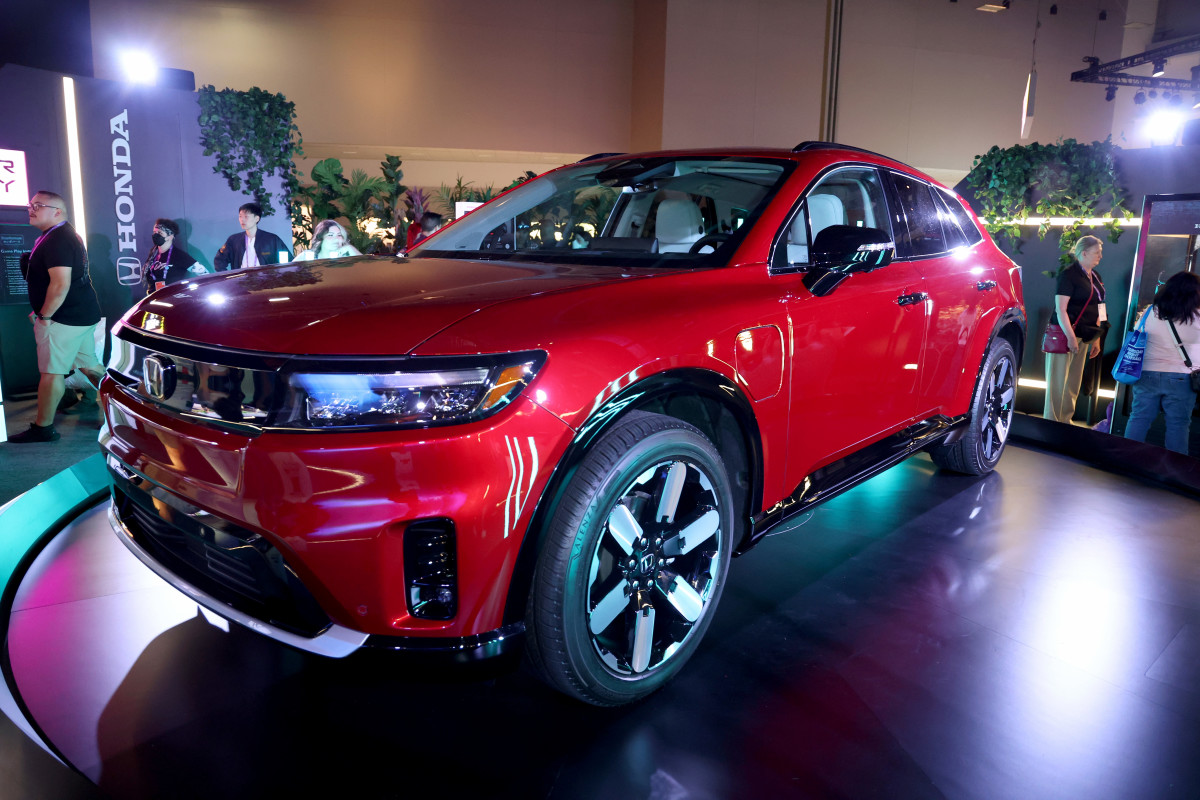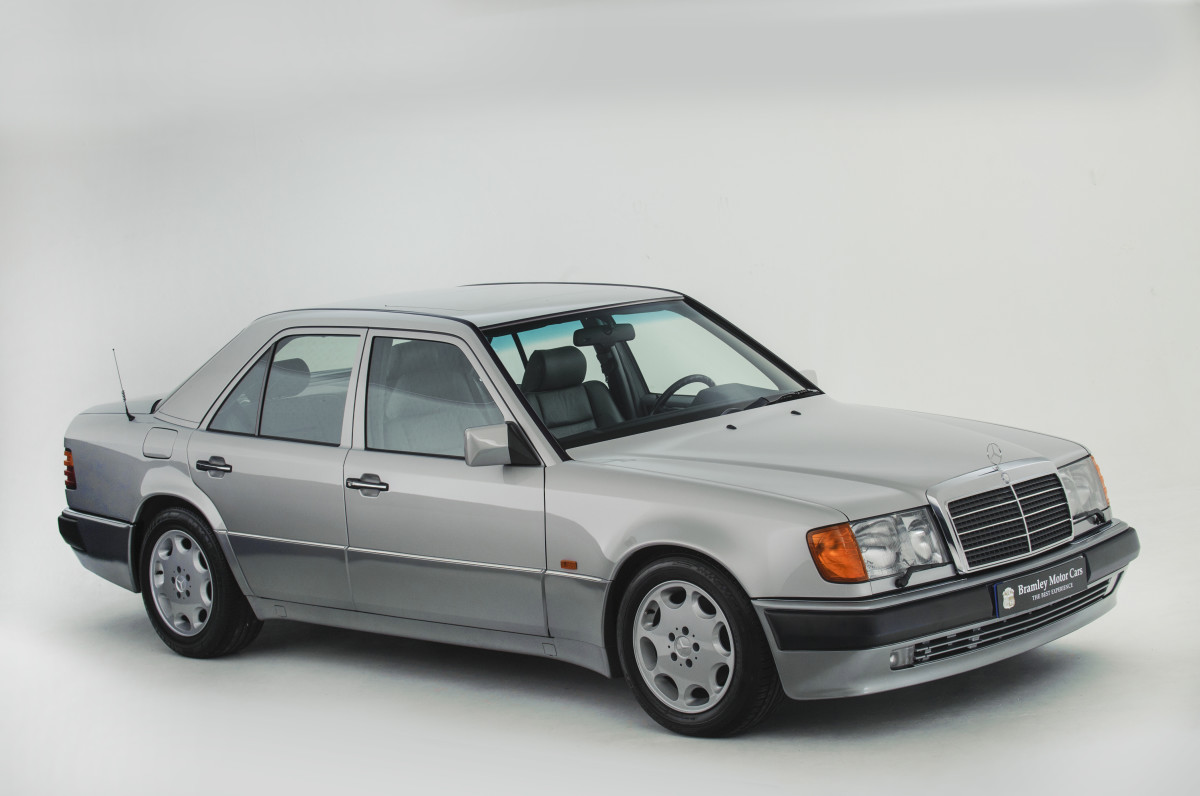
As the greater auto industry evolves toward an electric future, Japanese automakers Subaru (FUJHF) and Toyota (TM) are continuing their extended partnership to grow each other's EV offerings.
Related: Porsche's updated version of its legendary sports car leaves the past in the dust

As per a report by Automotive News, the duo is expected to team up on three electric crossover SUV models that they plan to release through 2026. According to Subaru CEO Atsushi Osaki, the continuation of the partnership is intended to help the company minimize risk in an otherwise unpredictable EV market.
“At the moment, it is quite difficult to predict how things will go from here with EVs,” Osaki said. “There is a huge risk for us to go it alone in this field. We have held talks with Toyota and have agreed that it is better to reduce risks through joint development.”
The partnership between Subaru and Toyota's is a long-standing one that is reflected in some key models in each automaker's lineup. At the moment, the partnership has created vehicles such as the Subaru BRZ and Toyota GR86 sports coupes, as well as the Subaru Solterra and Toyota bZ4X electric SUVs.

Toyota
One of the key benefits of the joint-partnership is the ability to save valuable company resources like research and development, as well as space on production lines. The BRZ and GR86 sports coupes are built in Subaru's factory in Gunma, Japan, while the Solterra and bZ4X are made in Toyota's Motomachi assembly plant. To help the duo effectively sell their new EV products in the U.S., the three upcoming crossover SUVs will be built at Toyota's facilities in the United States, which will qualify them for federal tax credits under the Inflation Reduction Act.
Subaru's CEO says that it does not plan to build any EVs in its factories in the U.S. any time soon, stating that it needs to evaluate market conditions in order to do so. However, current market conditions for Subaru has green-lit plans to build hybrid vehicles in the United States. The brand plans to build its bestselling Crosstrek and Forester crossover SUVs with hybrid powertrains at its factory in Indiana.
Within the past year, Subaru has been operating at a $3.06 billion operating profit, with $2.55 billion in net income for the automaker. Though the company is raking in profits from sales of its popular models, CEO Osaki feels that it is safer to roll with its longtime partner on a risky venture like EVs, and focus on the rest of its product offerings.
"Through this approach of joint development, joint production and joint supply, we will ensure flexibility in the areas of development and production while mitigating risks with Toyota Motor Corp. at a time when it is difficult to clearly predict future trends," he said. "While we have steered toward EVs, we find it important to sell internal combustion products at the same time. So we already have plans to expand our hybrid product lineup."
More Business of EVs:
- Tesla makes another harsh last-minute decision, frustrating students
- Forget Tesla's Supercharging, Polestar's new charging tech can charge even faster
- EVs have a problem Ford's partner aims to fix
Related: Despite charging and range anxiety, EV owners won't give up their cars
Partners in profit: other significant joint ventures

Joint partnerships such as that of Subaru and Toyota are not uncommon in the automotive industry, as many unusual partnerships have been created to introduce some very unique and groundbreaking cars for their respective brands.
For instance, the Honda Prologue (pictured above) is the result of a now-broken joint partnership between General Motors and Honda. Built in Mexico by General Motors, Honda's Prologue SUV shares many key components and underpinnings with the Chevrolet Blazer EV — most critically its battery, which uses the Detroit giant's Ultium battery platform.
However, some joint partnerships are not created out of fulfilling an automaker's goals for efficiency; some of the most interesting ones created some very unique performance cars.

For instance, the high-performance Mercedes-Benz 500E (pictured above) was the result of a collaboration between the luxury automaker and sports car giant Porsche. In the early 1990s, Mercedes asked the makers of the 911 to help create a fast version of its E-Class sedan, as its own engineers were too busy making plush, comfy cars like the S-Class.
As a result, Porsche created a sedan that had supercar performance. Its 5-liter V8 produced 322 horsepower, 354 lb-ft of torque, and allowed the car to go from 0-to-60 miles per hour in less than six seconds. The Mercedes 500E is heralded as "Porsche's first sedan," which is partially due to the fact that each of the super Benzes flip-flopped around from Mercedes' and Porsche's factories during its production run due to the car being too big for Mercedes' factory line.
Related: Veteran fund manager picks favorite stocks for 2024







